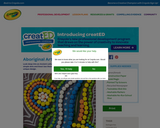
In this lesson, students learn about traditional Aboriginal artwork and then create then own original work of art.
- Subject:
- Arts Education
- Material Type:
- Activity/Lab
- Provider:
- Crayola
- Date Added:
- 06/14/2018

In this lesson, students learn about traditional Aboriginal artwork and then create then own original work of art.

In this lesson, students examine traditional Aboriginal masks and then design their own Aboriginal mask creation.

This website explains aquaculture, provides examples, and explains NOAA's role in regulation.
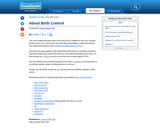
Students learn the best way to prevent pregnancy and STDs is abstinence, as well as, different means of birth control for couples to protect themselves if they do decide to have sex.

This lesson allows students to create a Powerpoint using techniques learned.

Resources provides information about Rivtak, a business created by an North Carolina native.
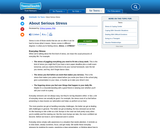
Students learn about everyday stress, difficult life situations, and serious stress.

This article explains how STDs spread and how to prevent and treat STDs.

This is a supplemental article that discusses what stressful feelings are. The following topics are discussed: ?Positive vs. Negative Emotions ?Step 1: Identify the Emotion ?Step 2: Take Action ?Step 3: Get Help With Difficult Emotions

This article discusses momentary and lasting stress, as well as, how to build good coping skills.

This worksheet reviews position words.
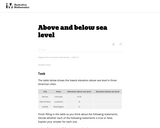
The purpose of this task is to help students interpret signed numbers in a context as a magnitude and a direction and to make sense of the absolute value of a signed number as its magnitude.

In this video clip from "Who's Tracking Your Face?", students will explore the civil liberties issue of facial tracking.

Students will explore how gerrymandering affects the outcome of American elections.
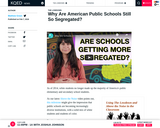
Students will explore the fact that although America's student population is more racially diverse, American schools are becoming more racially segregated.
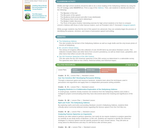
In this activity, students will complete a close reading of the Gettysburg address by using the strategy called SOAPSTONE.
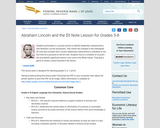
In this lesson, students participate in a puzzle activity to identify leadership characteristics that Abraham Lincoln possessed. They review the changes in the $5 note and consider how Lincoln's leadership characteristics contribute to the fact that he is pictured on the $5 note. Students look at a timeline of Lincoln's life and identify significant events in his road to the White House. They will then play a game to review content learned in the lesson.

This lesson traces Lincoln’s political life during a time of constitutional crisis. It examines Lincoln’s ideas and decisions regarding slavery and the use of presidential power to preserve the Federal Union during the Civil War. When students have completed this lesson, they should be able to analyze and evaluate President Lincoln’s decisions in response to the critical constitutional issues of his time.
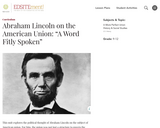
By examining Lincoln's three most famous speeches the Gettysburg Address and the First and Second Inaugural Addresses in addition to a little known fragment on the Constitution, union, and liberty, students trace what these documents say regarding the significance of union to the prospects for American self-government.

This cross-curricular resource contains a primary source text on the Civil War, along with text-dependent questions, an academic vocabulary list, and a writing prompt that goes along with the text, including student responses. Students read Lincoln's Second Inaugural Address independently, then as a class before beginning work.